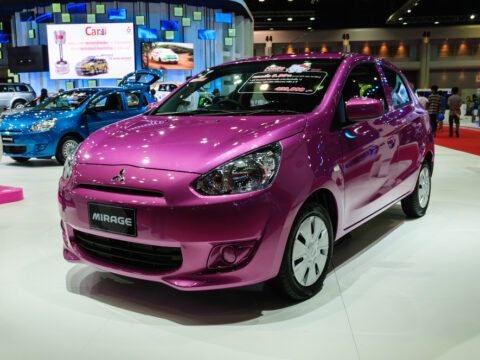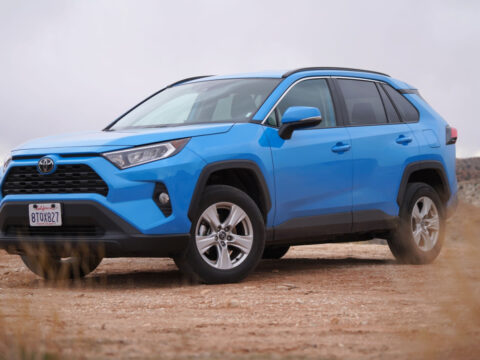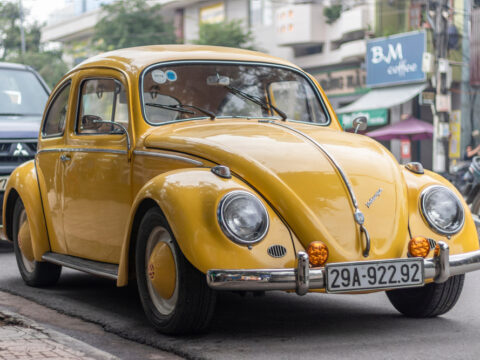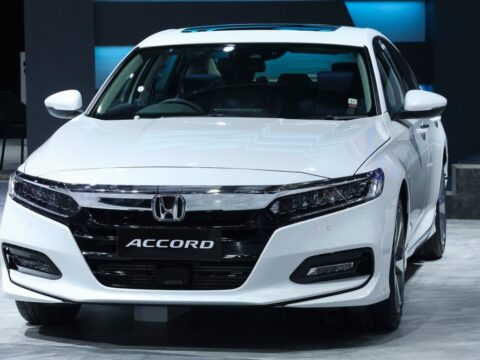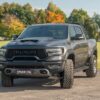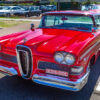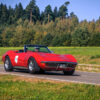There’s nothing quite like owning a genuine classic car, especially if you restore it to your own liking. Restoring a classic car is a lot of fun, but it also takes a ton of time and, quite often, a good chunk of change out of your wallet.
Many manufacturers and businesses – such as Singer and Jaguar – construct new cars that look like classics these days. But, of course, there is always a modern twist. New-fangled technology, convenience features, materials, and build standards are all that we expect from 21st-century vehicles.
Let’s look at six classics that have been masterfully reborn for modern times and what makes them stand out.
Contents
Aston Martin DB4 GT Zagato Continuation
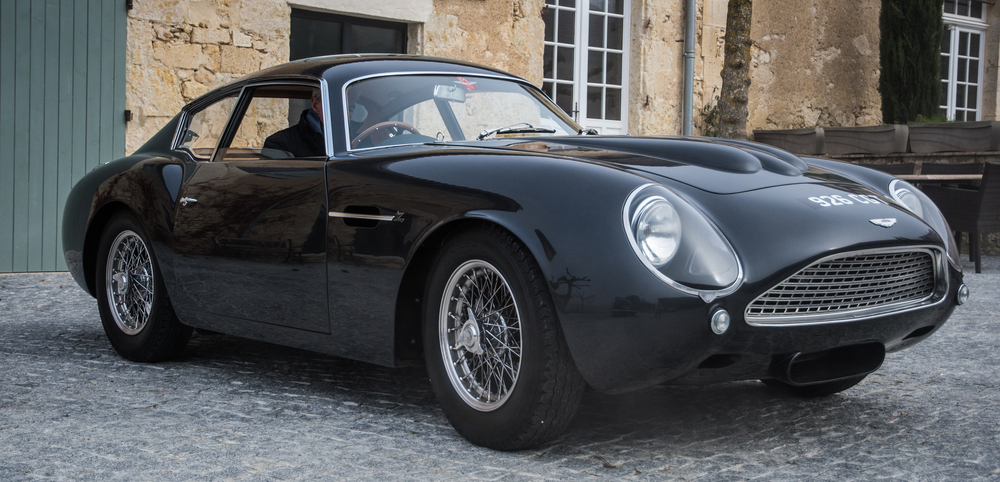
In 2016, the Aston Martin DB4 GT Continuation debuted, followed up three years later by the DB4 GT Zagato Continuation. The original featured a shorter chassis, less weight, and an upgraded straight-six engine as opposed to the standard DB4.
Available as part of the DBZ Centenary Collection, only 19 of these Zagato models exist. It swaps out the original’s 3.7-liter straight-six for a 4.7-liter straight-six, generating about 389 horsepower. Power gets delivered to the rear wheels by a four-speed manual gearbox and limited-slip differential – the same configuration used in 1961. It is a track-oriented car with Borrani wheels, an FIA-spec roll cage, and hand-sculpted aluminum panels.
Each of the 19 units available costs £6m ($7,208,790.00). While you can opt for a Goldfinger DB5 Continuation, the Zagato is way niftier.
Jaguar E-type
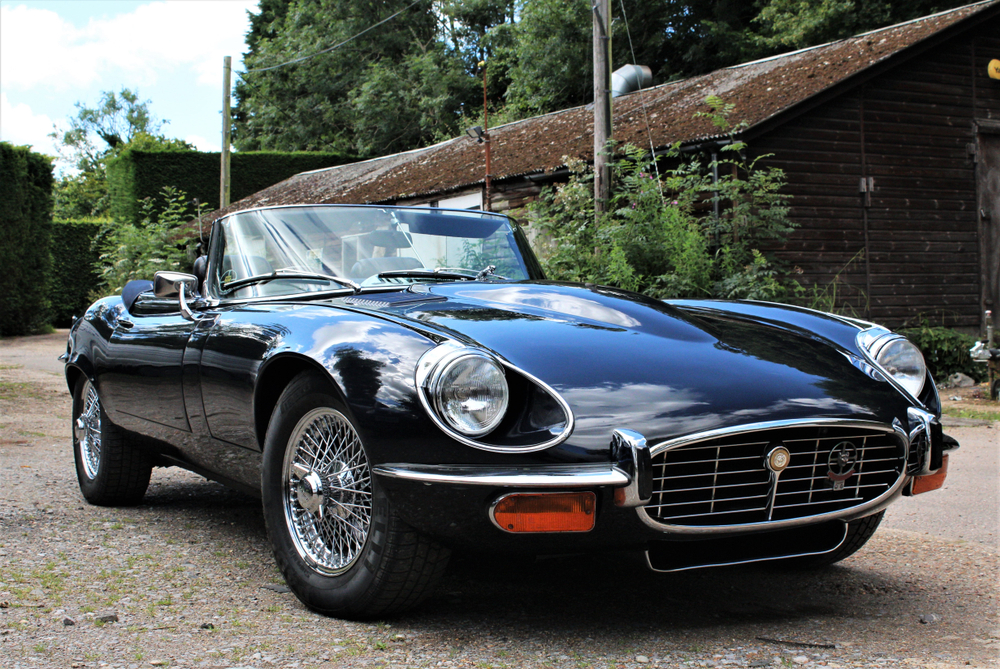
Jaguar set the bar high as one of the original manufacturers to start making revamped old models. We’ve seen everything from the C-type to the XKSS come out of Jaguar lately. But, if we had to choose the coolest Jag to revamp, the E-type is well catered to the open road.
Having been unleashed upon the world in 2021, Jaguar truly marked the E-type’s 60th birthday that March. 60 years prior, Jaguar’s founder Sir William Lyons revealed the E-type’s 9600 HP prototype at the Geneva Motor Show. It became such a well-loved car that Norman Dewis – the company’s test driver – had to drop everything and drive an E-type convertible overnight to Switzerland to prepare for the second day of the auto show.
The new 60 Collection features just six convertibles and six coupes, totaling 12 units to be sold. They use extremely early and existing chassis, but everything else is brand-new. A chic map of the drive from Coventry to Geneva is engraved on the stainless steel center console. There is no denying that these 12 units represent the penultimate in the Jaguar E-type series.
Frontline Developments MG Abingdon Edition
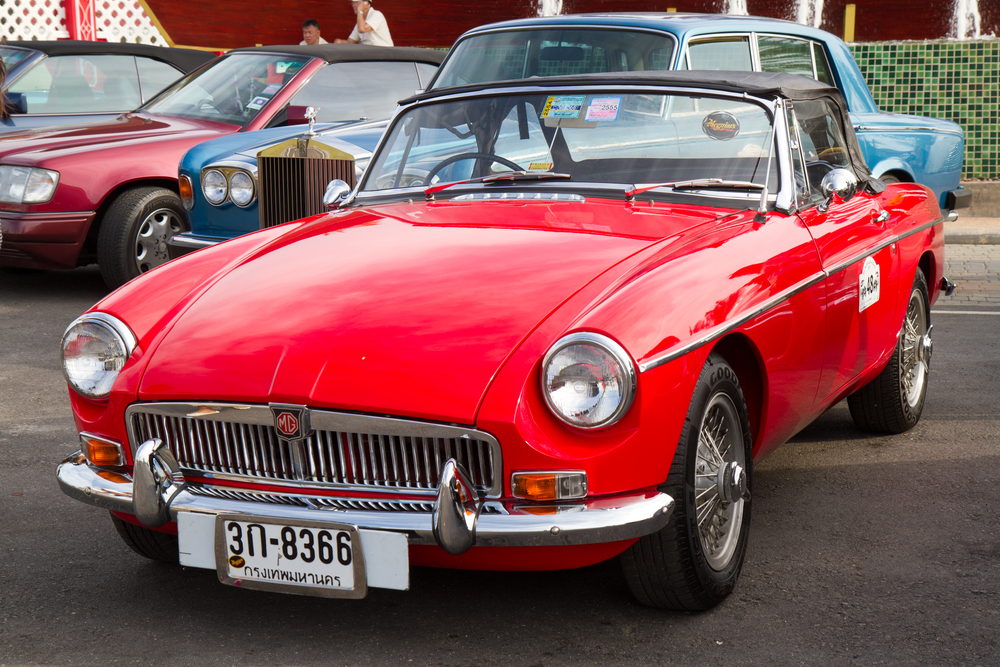
In today’s world, MGs are more centered on practicality, offering a hatchback and several SUVs. However, back in the 1950s-70s, the MG sportscar was where it was at. Back then, the MGs were rather simplistic and lightweight, especially compared to what you find on the market today.
MG hasn’t manufactured this MH revival, though. That task was left to Frontline Developments, a company founded in 1989 that repurposes old MGs. They construct their chassis differently, cooking it in the oven at 650 degrees Celsius (1202 degrees Fahrenheit) to eliminate filler, paint, and rust. Body panels are made from scratch to the concise specs of the originals.
The MG Abingdon Edition and MG LE50 are the company’s two ready-to-go vehicles, with the LE50 being the more affordable option. That one has a Mazda engine underneath the hood with a quick 0-60 mph acceleration time of 5.1 seconds. The Abingdon Edition has a 2.5-liter four-cylinder Mazda engine powering it with a six-speed manual gearbox and limited slip differential resulting in a 4-seconds-flat 0-60 mph time. It ultimately redlines at 160 mph, whereas the original would’ve barely topped 100 mph.
While the Alcantara, carpet, and leather – as well as the performance-oriented brakes and suspension – are certainly new, this car looks just like the classic. It just feels much more powerful.
Singer’s Porsche 911
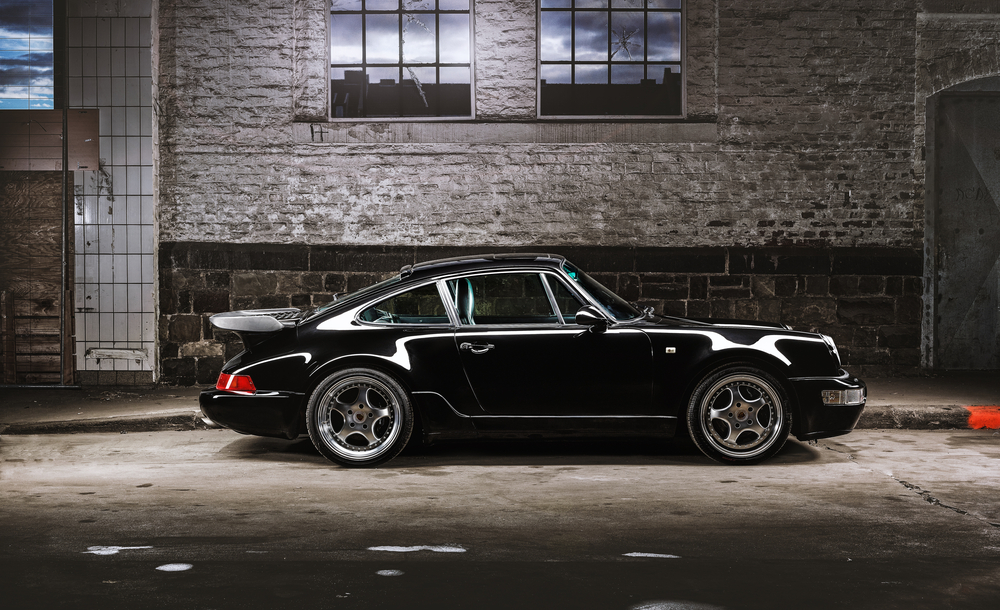
Like Ferrari, Porsche doesn’t do classic rebirths; however, that hasn’t stopped other companies from emulating the popular Porsche classics. Possibly the most successful company is Singer. They are quite clear that they do not manufacture or sell vehicles but modify and restore them. They also cannot call their vehicles a Singer, Singer 911, Singer Porsche 911, or Porsche Singer 911. They have to call them a “Porsche 911 restored and reimagined by Singer” due to legal issues.
What Singer achieves is nothing short of magnificent. Singer takes everything drivers loved about the Porsche 911 40 years ago and seamlessly integrates technologies and building processes that weren’t available back then. You can get a Cosgworth-developed 4.0-liter flat-six engine placed under the hood or build your model with a sleek carbon-fiber body. The results are flawless thanks to the creative leeway Singer can take with their designs.
250 SWB Revival
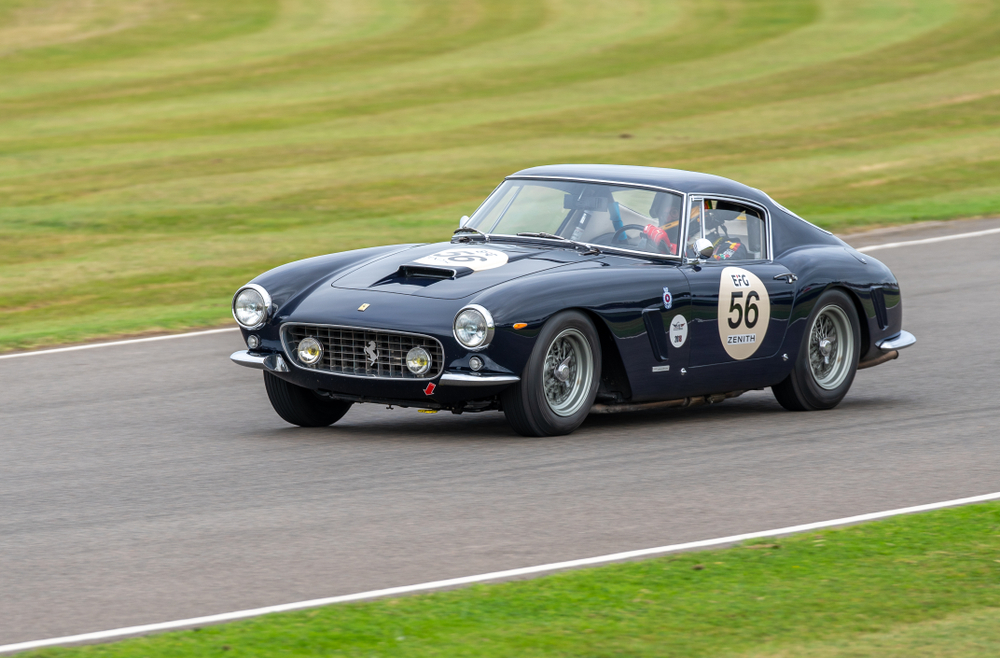
While Ferrari has not yet delved into the world of rebirthing their classics, GTO Engineering has taken up the mantle with its 250 SWB Revival. Directly inspired by the Ferrari 250 GT SWB Berlinetta Competizione, the Revival clearly cannot use the old-school Ferrari chassis. It also cannot be built to the original’s precise build specifications. What you get here is a Ferrari-inspired take with many modernized trappings.
GTO offers several engine options: a 3.0-liter, 3.5-liter, and 4.0-liter, not to mention the handmade Columbo V12 crafted at the company’s Berkshire, UK headquarters. Disc brakes can come with available aluminum calipers, and you can choose between a four- or five-speed gearbox. There are also a few suspension options. The interior leather trim looks like what came on the 1960 Ferrari 250 GT SWB Berlinetta Competitzione. Air conditioning – with mounted fans behind the driver – is optional, and you even get a cleverly concealed USB port.
Just be prepared to wait for your Revival. Each unit takes about 12-18 months to construct, and GTO Engineering has already built over 30 of these gorgeous, Ferrari-inspired models.
Eagle E-type Lightweight GT
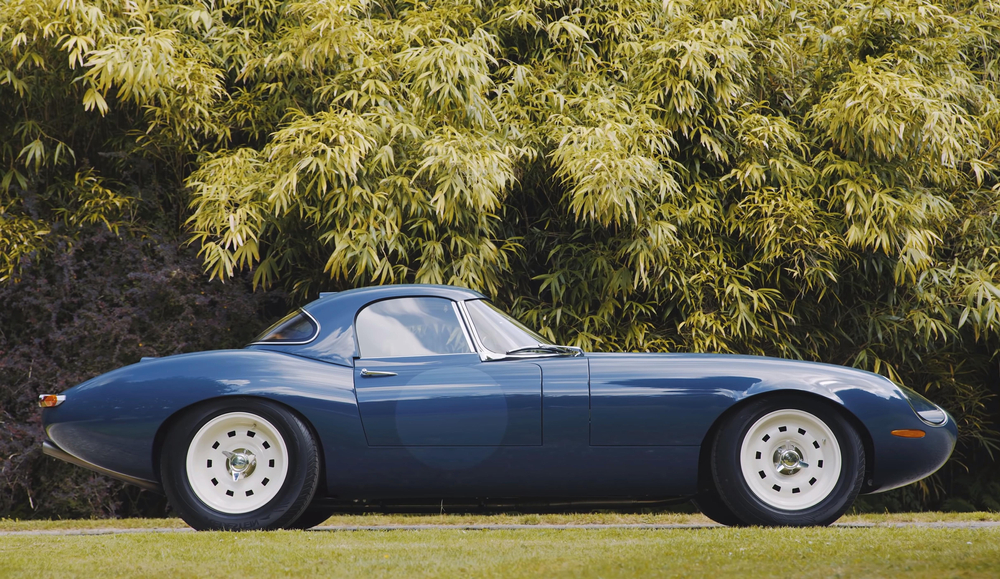
Finally, we come to the Eagle E-type Lightweight GT. Sure, the Jaguar E-type has already been mentioned, but the Lightweight GT E-type – made by Eagle – is awesome and worthy of mention.
In its heyday, the Lightweight was a racing superstar that enhanced much of what Jaguar accomplished on the Low-Drag Coupe. The Lightweight had an aluminum hardtop roof, lighter aluminum body, upgraded brakes, a revised suspension, and a 3.8-liter engine with dry-sump lubrication and Lucas fuel injection. Only 12 of these units were manufactured and done strictly as racecars.
Eagle decided to make this classic road legal for the new millennium. It takes them about 8,000 hours to create, with a Series 1 E-type that gets dressed down to its frame. Eagle replaces the old body panels with newer aluminum ones that take 2,500 hours to handmake. Wider wheel arches allow 16-inch magnesium wheels and wider tires to be fitted. Magnesium alloys make the five-speed gearbox that accompanies a 4.7-liter straight-six engine. The overall design is extremely lightweight, utilizing materials like aluminum, titanium, and magnesium and unique 3D-printed seat adjusters.
This Lightweight redlines at 170 mph, far exceeding what the original could achieve. Don’t call this a comeback!
Sure, there’s nothing quite like the original, but with classic cars, finding one is difficult – if not downright impossible – to find one. And, if you do, it has already likely been modded by another owner. Getting one of these cool classics that have been reborn for 21st-century drivers makes you feel like you’re cruising in an original without compromising power or technology.
This article originally appeared on MyCarMakesNoise.
More from MyCarMakesNoise
Accelerating into the New Millennium: Best Cars from the 2000s

The 2000s, a period of rapid advancement and technological integration, brought a whole new level of performance, style, and functionality to the automobile industry. Read More.
Electric Dreams: These 8 Automakers Have Pledged to Go All Electric

Many automakers – especially those hailing from European countries – are setting concrete dates for planning to phase out their internal combustion engines. While most automakers are looking to do this about a decade out, some are planning to go all-electric even sooner. Read More.
Dangerous Wheels: The 12 Cars That Had Massive Recalls

This article examines instances where renowned manufacturers faltered, leading to sizable recalls. From ignitions that spontaneously switched off to software glitches, design flaws, and dubious parts, we’ll explore how these high-profile missteps unfolded, their impact, and the lessons learned. Read More.

